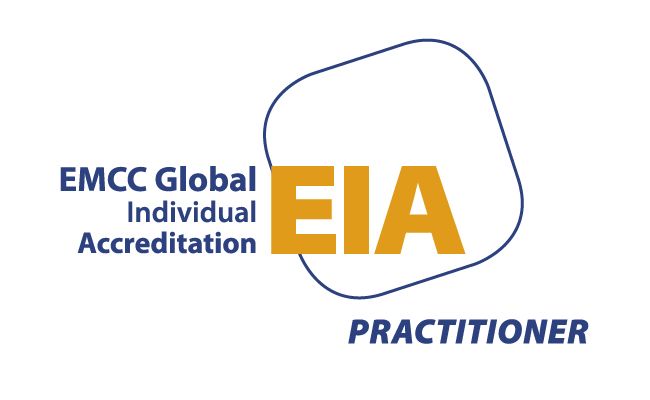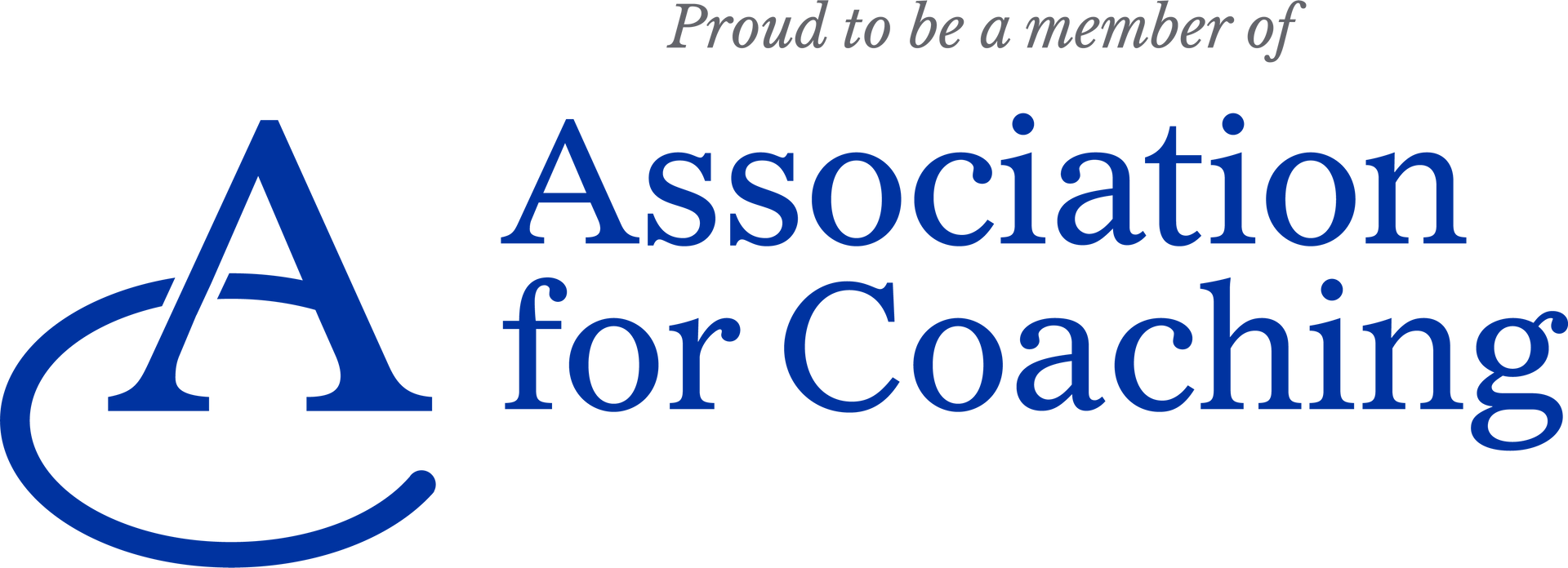What is Coaching ?
Barbra Carlisle • December 19, 2022
Why consider coaching and what is it?

Coaching is...
- A bespoke service that enables you to have space and time to think about yourself, how you fit into the world, and how you can get the most enjoyment and satisfaction out of your life now and into the future
- An learning activity that takes place over a series of weeks or months, where you are in control of the agenda
- Flexible and adaptive to your emerging needs, with a pace that suits your thinking and learning style
- An opportunity to be listened to in a safe and non judgemental way and to have the time to think and challenge yourself to create courageous goals
- Beneficial if you want to feel more in control, change something about your current situation, and have a desire to move forward in life
10 Reasons to use a Coach
- Desire to resolve self doubt
- Confidence building
- Better understand how you fit into the bigger picture of life
- Find the right career path for you
- Know more about your personality type and recognise your strengths and values
- Better understand what motivates you
- Interest in knowing how you can use your strengths and values to better effect
- Hone your leaderships skills
- Understand other people when you begin to know yourself more
- Support growth in your thinking and goal setting




